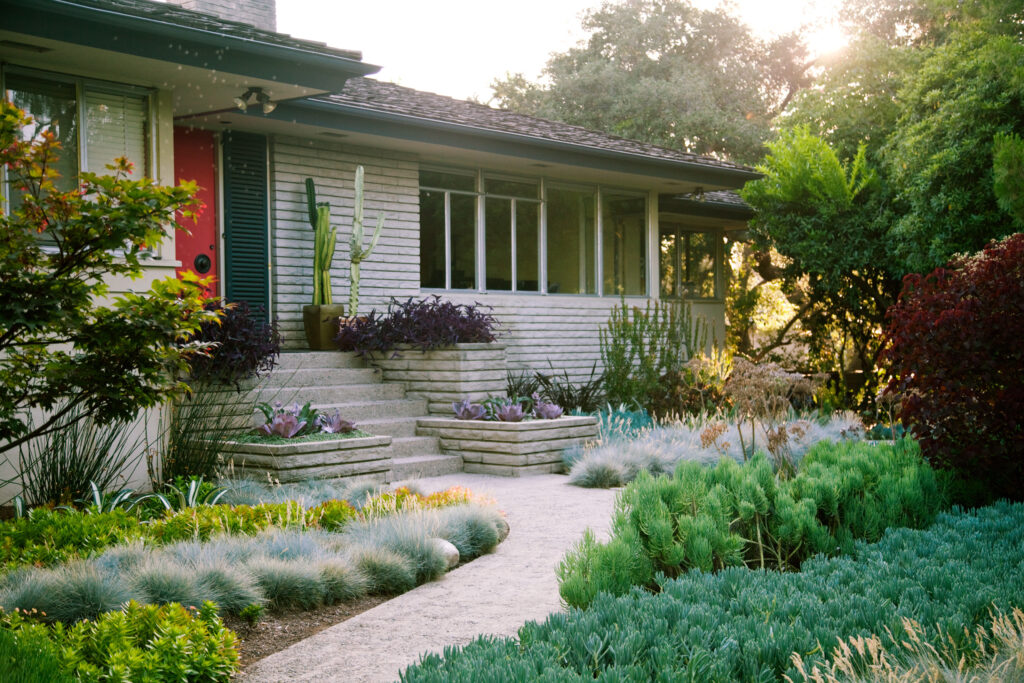Water is a precious resource, and conserving it is essential for sustainable gardening. In this article, we explore strategies for creating a water-wise garden. We discuss drought-tolerant plants, efficient irrigation systems, and landscaping techniques that reduce water usage. By following our tips, you can create a beautiful garden that is also environmentally friendly. Water-wise gardening is about making the most of the water you have, whether it’s from rainfall or irrigation.
Choosing drought-tolerant plants is one of the best ways to conserve water in your garden. These plants are adapted to survive with less water, making them ideal for dry climates or areas with water restrictions. Some popular drought-tolerant plants include succulents, lavender, and ornamental grasses. When selecting plants, consider their mature size and water needs to ensure they fit well in your garden design.
Efficient irrigation systems can significantly reduce water usage in your garden. Drip irrigation is a popular method that delivers water directly to the roots of plants, minimizing evaporation and runoff. Soaker hoses and micro-sprinklers are other options that can help you water your garden more efficiently. Consider installing a rain barrel to collect rainwater for irrigation, further reducing your reliance on municipal water supplies.
Landscaping techniques can also play a role in creating a water-wise garden. Grouping plants with similar water needs together can help you water more efficiently. Creating berms and swales can direct water to where it’s needed most, reducing runoff and improving soil moisture retention. Mulching around plants can help retain soil moisture and suppress weeds, further conserving water.
Another important aspect of water-wise gardening is maintaining healthy soil. Soil rich in organic matter holds moisture better, reducing the need for frequent watering. Adding compost and other organic amendments can improve soil structure and increase its water-holding capacity. Regularly testing your soil can help you determine its needs and make adjustments as necessary.
Water-wise gardening is not just about conserving water; it’s also about creating a resilient and sustainable landscape. By choosing the right plants, implementing efficient irrigation systems, and employing smart landscaping techniques, you can create a garden that thrives with less water. This approach not only benefits the environment but also saves you time and money in the long run.

